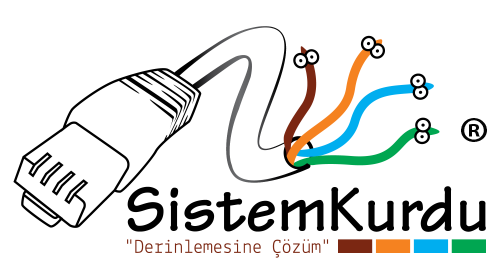Veeam CDP (Continuous Data Protection) is one of my best new feature in Veeam Availability Suite 10 (Veeam Backup & Replication v10), it provides better SLAs for end-users by using new VMware technology. Veeam CDP (without snapshots) – VMware continuous data protection to reduce RPOs from minutes to seconds. It leverages VMware’s VAIO framework to reliably intercept and redirect VM I/O to the replica without a need to create standard VM snapshots.
Veeam CDP, the new Continuous Data Protection technology that is best compared to Veeam’s current replication functionality, except it, allows to achieve recovery point objectives (RPO) – maximum acceptable data loss in case of disaster – of mere seconds and without using VMware snapshots, thus not impacting protected workloads. Veeam achieves this by using the new VMware technology called vSphere API for I/O filtering (VAIO), which is VMware-supported way to tap into VM’s I/O stream. This capability changes the game because until now, Veeam’s competition required either the use of agents inside of the protected Virtual Machines or some dirty hacks explicitly unsupported by VMware.
About VMware VAIO:
VAIO is a framework that enables their parties (Partners) to develop filters that run in ESXi and can intercept any IO requests from a guest operating system to a virtual disk. An IO will not be issued or committed to disk without being processed by IO Filters created by 3rd parties.
VAIO Overview Architecture:
IO request moving between the guest operating system (Initiator), located in the Virtual Machine Monitor(VMM), and a virtual disk (Consumer) are filtered through a series of two IO Filters (per disk), one filter per filter class, invoked in filter class order. For example, a replication filter executes before a cache filter. Once the IO request has been filtered by all the filters for the particular disk, the IO request moves on to its destination, either the VM or the virtual disk.

The CDP job is similar to a Replication job but there is a difference in “Schedule” tab. Advanced policy job allows improving RPO to few seconds:

Restore point taken every 15 seconds, and four hours of those restore points are kept. Then every 8 hours a restore point is taken and kept for 7 days.










